Can the Ark reaction furnace nuclear convergence enter the reality?
Author:Institute of Physics of the Ch Time:2022.08.21
Readers who like science fiction may be impressed by the Ark reaction furnace on the chest of Iron Man Tony Stark in Marvel Movies. This small and cool stuff uses cold nuclear fusion technology to make the molecular spacing as small as a degree of nuclear fusion to produce incredible huge energy.
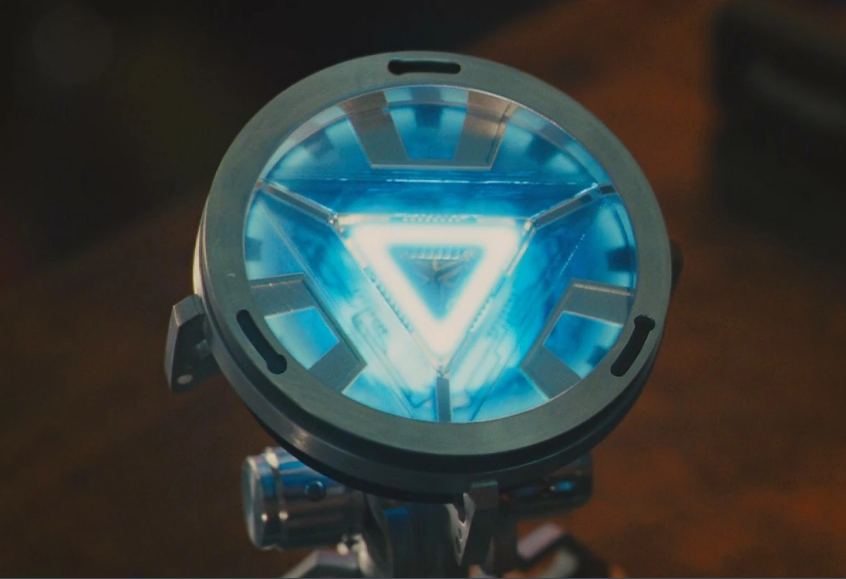
Figure Ark reaction furnace
The inspiration of the Ark reaction furnace comes from the study of nuclear fusion in reality. Scientists hope to use the lighter atomic nuclear polymerization atomic nucleus to release huge energy in the process in order to obtain almost infinite clean energy and provide the ultimate solution to human sources.
At present, the research path of the controllable nuclear fusion that has received widespread attention is the use of thermal nuclear reactions, such as magnetic -constrained Takmart devices and inertial constraint nuclear clustering furnaces. Such studies are used to heat the plasma or mixed medium to a sufficiently high temperature (such as 100 million degrees) to overcome the Bulun potential.
However, in addition to studying nuclear fusion under extremely high temperature conditions, are there any other technical routes for controlling nuclear fusion? Can the nuclear concentration of the "Ark reaction furnace" at room temperature enter the reality?
In fact, the study of cold nuclear reactions (room temperature nuclear fusion reactions) has a history of more than 70 years. Scientists have found Miaozi's catalytic nuclear fusion under normal temperature conditions. Although there are many challenges from the application, nuclear physicists believe that Miaozi catalytic nuclear fusion may also become one of the ultimate solutions for energy.
Why do you favor Miaozi?
Muon (also known as μon) was discovered by two American physicists C. D. Anderson and S. Neddermeyer in 1936. Miaozi's quality is about 106 MEV, with a unit of positive or negative charge, and the spin is 1/2 (Fermiko). Miaozi is an unstable particle, with a half -life of 2.2 microseconds (after a Miaozi is generated, it can survive about 0.000002 seconds).
The quality of Miaozi is 207 times the quality of electronic quality, and in the unstable particles, Miaozi's life is shorter than that of neutron. These are very important advantages of Miaozi. Important reason.
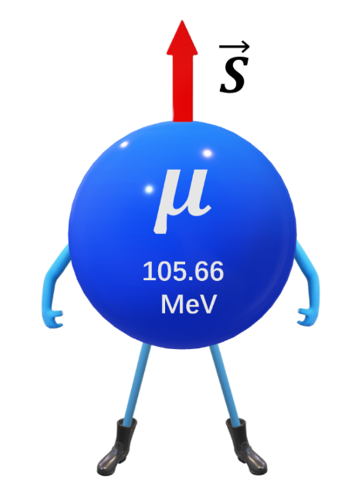
Tu Miao Zitu | Kou Wei
The conditions for nuclear clustering reactions are very harsh. Only when the two atomic nucleus is very close and about the distance of one flying rice, the mutual attractive nuclear force is greater than the electromagnetic exclusion force, and the two atomic cores may be integrated into a larger atomic nucleus and released energy.
However, the atomic nucleus is positive, and there is a strong electromagnetic exclusion between the two atomic cores. How to overcome this exclusion force to make the two atomic nucleus very close?
If you replace the electrons with Miaozi, you can be close to more than 200 times!
Miaozi can be captured by proton like electrons to form Miao Zi hydrogen atoms. Because the quality of Miaozi is more than 200 times the quality of the electronic quality, and the orbital size is compared with the quality of electron or Miaozi, the track of Miaozi hydrogen atoms is more than 200 times smaller than the orbit of the electronic hydrogen atom! In this way, another atomic nucleus is easier to approach Miao Zi atom, and the probability of nuclear fusion at room temperature will increase significantly.
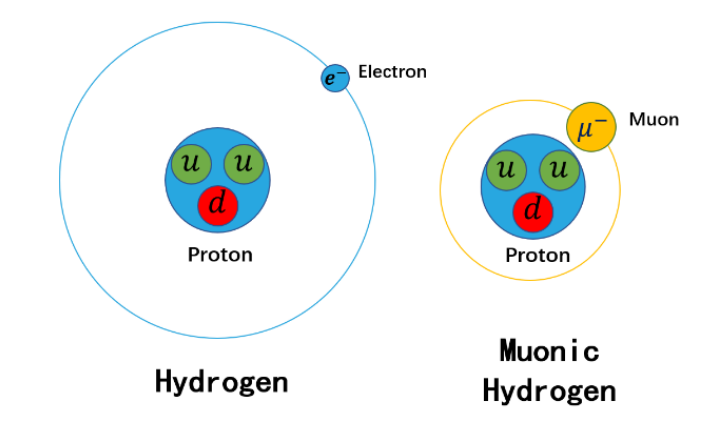
Tu Miaozi's track (right) is more than 200 times smaller than the orbit of electronics. Picture | Kou Wei
Catalyst of driving nuclear fusion
After World War II, some scientists from all over the world began to explore a new technology, namely Miaozi catalytic nuclear fusion.
In 1947, the theoretical work of British physicist Frederick Charles Frank was broadcast the first seed for Miaozi's catalytic nuclear fusion. He published a paper in "Nature" magazine, predicting Miao Zi's catalytic incidents to lead to energy generation. A few years later, the two Soviet scientists Yakov Zel'dovich and Andrei Sakharov also considered the same process while studying the hydrogen bomb, and believed that the input mizi might cause the mixture to be fused together.
In 1956, the American physicist and Nobel Prize winner, Luis W. Alvarez, conducted experiments in Berkeley's hydrogen bubble room. When analyzing the results of some experiments conducted by Miaozi By the catalytic heat heat insulation of the hydrogen-缪 缪. This is the first time that human beings have successfully observed the catalytic nuclear fusion in the laboratory in the laboratory! On December 29, 1956, the New York Times reported on the title of "The Atomic Energy generated by the Simple New Methods".
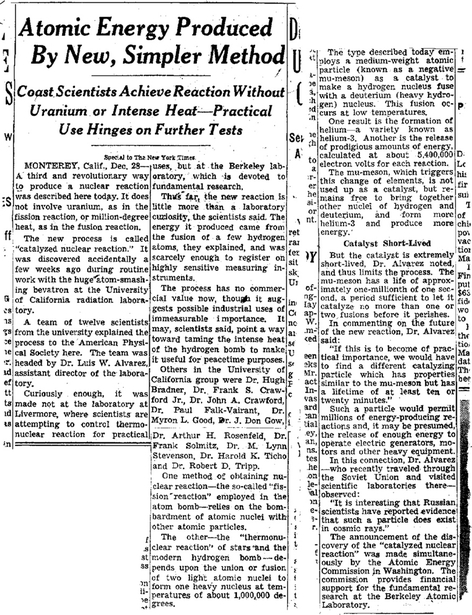
Figure 1956 "New York Times" was reported on December 29, reporting the news of the hydrogen isotope polythexic catalyzed by Miaozi in the experiment. Picture Source | "New York Times"
Subsequently, American physicist John David Jackson immediately put into research to calculate a series of key issues such as the formation of adhesion probability, the formation of DTμ (DTμ) molecules, and the energy generated by the nuclear cluster reaction.

John David Jackson (1925-2016), academicians of the American Academy of Arts and Sciences, and academicians of the National Academy of Sciences. His textbook "Classic Electricology" influenced several generations of physics in the United States. Picture Source | Fermilab
At present, people generally use hydrogen 氘 (d) and 氚 (T) cores as reaction materials for catalytic nucleus fusion. The hydrogen nucleus is composed of only one proton. The nucleus is composed of a proton and a neutron. The nucleus is composed of one proton and two neutron. This process releases more energy than the hydrogen-氘 氘 process. The nuclear fusion process of 氘 氘 核. Picture Source | https://www.llnl.gov/news/lab-researchars-Microscopic-Understnding-Nuclear- Fusion
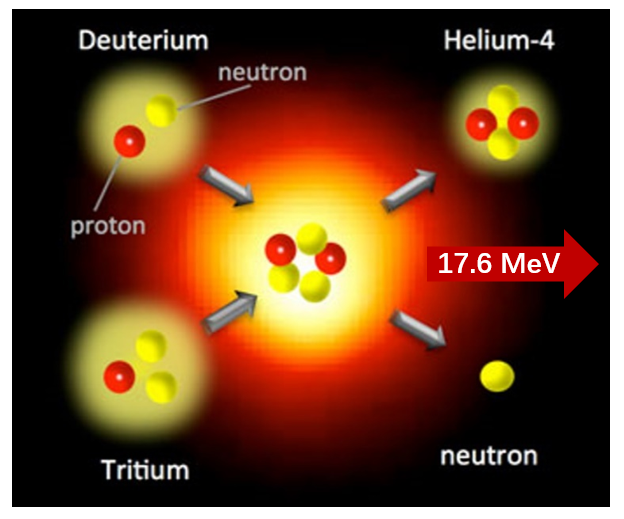
Miaozi catalytic nuclear fusion reaction process is divided into three steps: First, a bunch of Miaozi is injected into the mixed gas of 氘 and 氚 to form Miaozi 氚 atoms. Why not form a Miao Zi 子 atom? This is because the quality of the cricket is stronger than the 氚, and the capture of Miaozi is stronger. In the second step, because Miao Zi is very small and does not have a charge, they collide with the 氘 atom without being affected by electromagnetic exclusion. It is easier to form a Miao (DTμ) molecule; in the third step, after the occurrence of 氘 and 氚 nuclear fusion, the Miaozi in the DTμ molecule is released, which can be used to produce new DTμ molecules. Such a series of nuclear agglomerations occurred, and this cycle constitutes a catalytic reaction chain of Miaozi. This reaction is called "the nuclear fusion of Miaozi catalytic" because the role of Miaozi is like a catalyst that drives nuclear fusion.
Figure Miaozi catalytic nuclear fusion cycle diagram. Picture | Kou Wei
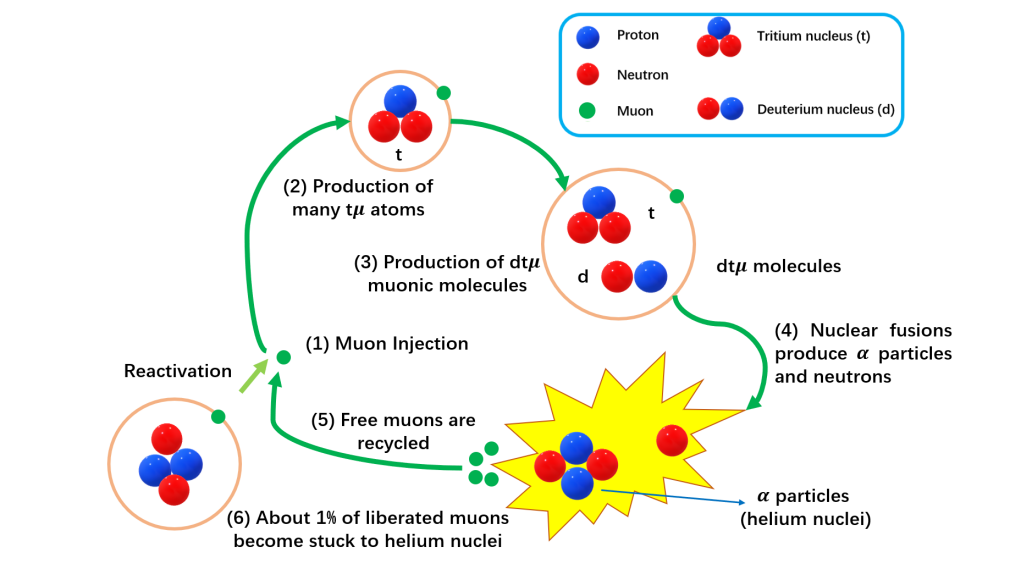
How to improve the number of catalytic catalytic catalytic?
Although the principle of Miaozi catalytic nuclear fusion has been studied clearly, the necessary conditions that need to be met to apply to the application is that the output energy needs to be far exceeded that the input energy. This allows physicists to solve some key issues, such as how to increase the number of catalysis catalyzed by Miaozi?
Miao Zi does not have a limited life span as electrons. In Miao Zi's limited life cycle, how many catalysis can be performed at most is an important indicator.
Studies have shown that the probability of about one hundred fifty -fifty of Miaozi was adhered to the Alpha particles after being catalyzed and could not participate in the subsequent nuclear fusion reaction. Scientists use the probability of Alpha Sticking to indicate the average probability that Miaozi participates in catalyzed by the Alpha particle each time.
The reason for Alpha's adhesion is the two particles generated by the fusion reaction, one is Alpha particle with positive electricity; the other is a neutron, without charging, so Miaozi may be captured by the Alpha particles, but it will not be by the neutron. Captured. The probability of capturing is mainly related to the speed of Alpha particles, which has little to do with its charge and quality.
Here, we make a rough estimate: In his life, a Miaozi can catalyze 150 fusion reactions, and each time the quality of 17.6 MEV is released, a total of 2.7 GEV energy can be generated. 20 times the energy of its own static quality. Unfortunately, the current accelerator generates a Miao Zi about 5 GEV energy. In other words, the energy generated by Miaozi catalytic nuclear fusion is only about half of the energy consumed.
It can be seen that if you want to increase the number of times of Miao Zizi's participation in nuclear fusion, you need to reduce the probability value of Alpha adhesion. Jackson once pointed out: Unless the "Alpha adhesion problem" can be resolved, it is unrealistic that Miaozi catalytic nuclear fusion is a kind of energy.
How to solve this key problem with Alpha adhesion?
Recently, a new study has been taken into account: lithium materials are used as catalytic reactions. Researchers have found that the Alpha particles generated by the fusion reaction of lithium and hydrogen are faster, and it is not easy to capture Miaozi. Therefore, the probability of Alpha adhesion for the fusion process is less. The calculation results show that the probability value of the nuclear fusion Alpha adhesion of lithium and hydrogen can be reduced by about 5 times, and the output energy ratio reaches about 90%.
However, whether this catalytic response is feasible, it is necessary to have more in -depth research. We know that the lithium atomic nucleus has 3 positive charge, while a Miaozi has only one negative charge and can only shield a positive charge. In order to achieve lithium Miaozi catalytic nuclear fusion, at least three Miaozi must be combined into the reactant molecules at the same time. This still has huge challenges for the current technical level!
In addition to Alpha adhesion, the factors that affect the energy of fusion output also include the energy consumption generated by Miaozi, the density of the fusion material, and so on.
Miao Ziyuan's construction and outlook
Studying Miaozi catalytic nuclear fusion needs to rely on Miao Ziyuan. There are two types of Miao Ziyuan in the world: cosmic rays and accelerators. Their essence is the same, and they are obtained by π and K such as high -energy proton beam bombardment target particles. These meson is obtained after the decay of decay. Cosmic Line Miaozi has low density and high energy. In order to generate high -intensity Miao Ziyuan, a strong streaming proton or ionic beam is usually required.
Since the 1960s, some Miao Ziyuan began to build internationally. The United States, the Soviet Union, Japan, and Europe have invested in power to study Miaozi's catalytic nuclear fusion.
Now, Japan is the country in the world to actively carry out the research of Miaozi catalytic nuclear fusion. In the 1990s, Japan began to use Related research on Riken-RAL Miaozi facilities in Rutherford Appleton Lab (Ral).
In 2008, Japan's J-PARC (Japan Proton Accelerator Research Complex) built a new Miao Ziyuan. The facility was jointly built by Japan's high -energy accelerator research institutions and Japanese atomic energy agencies. J-PARC is an important device for Japan to promote the practical application of Miaozi catalytic nuclear fusion technology. Its goal is to put nuclear agglomeration into practical applications. Figure Japan J-PARC Device Figure Source | K.ISHIDA
Recently, Japanese scientists proposed an innovative compact reaction concept based on the In-Flight Muon Catalyzed Fusion (IFMCF). The purpose is to increase the average number of catalytic catalytic times by increasing the density of polytable materials. In Laval Nozzle, Maghia produced by supersonic flowing waves press the mixed target for air dynamics to form a high -density area. Miaozi was injected into the area, forming a dtm molecule with 氘氚, and nuclear fusion catalyzed by Miaozi.
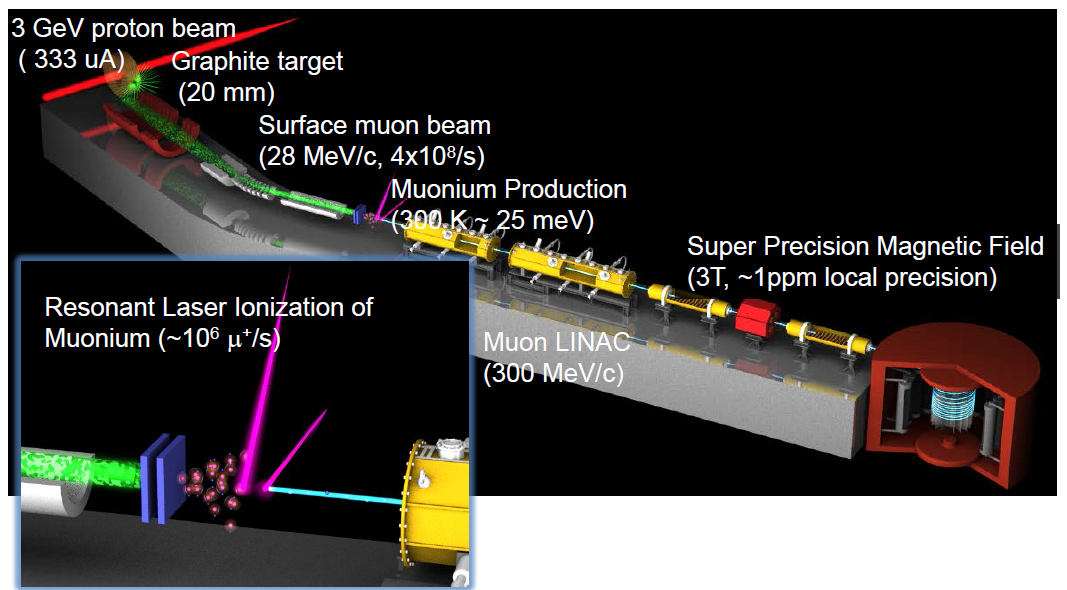
Fig
In my country, the second phase upgrade project of China Sanzhiyuan Phase III is promoting the development of accelerator Miao Ziyuan in order to carry out cutting -edge science and technology applications of Miaozi. At the same time, the large scientific device of the Institute of Modern Physics of the Chinese Academy of Sciences, the large -scale accelerator cluster of Huizhou, also has the conditions to build Miao Ziyuan. The heavy weapons of these countries will promote scientific and technological progress of basic research and application research, and become the main platform to solve the major national strategic science and technology problems and key bottlenecks.
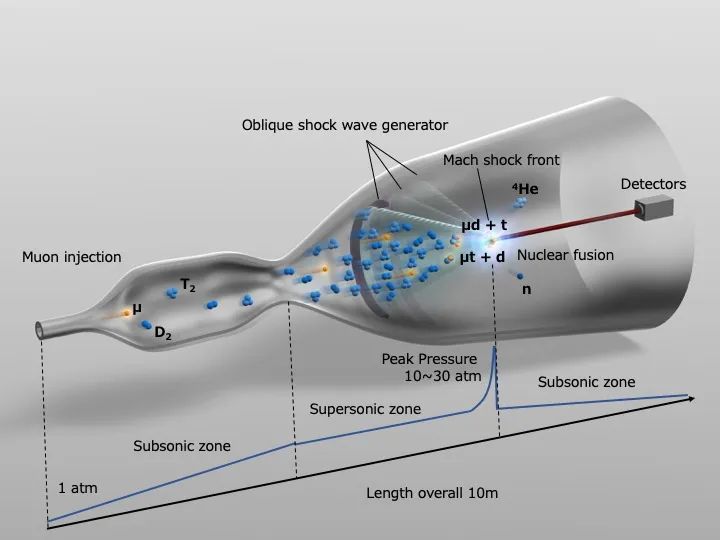
The source of the Huizhou large accelerator cluster (design renderings) at the construction of the picture is source | Modern Physics Institute
In addition, Miao Ziyuan can provide scientific researchers with broad foundation and application research platforms in the fields of particle physics, nuclear physics, and material structure.
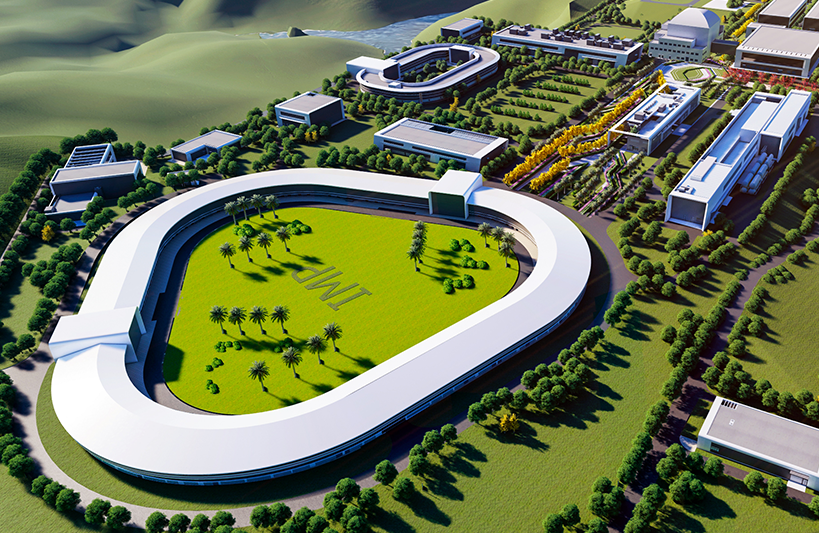
The relationship between Miaozi Physics and Miaozi Energy Picture | Chen Xurong
Conclusion

A global energy crisis is coming. With global warming, finding future energy that can replace fossil energy is imminent. In order to compete for dominance in a new round of scientific and technological revolution, energy and technology competition between large powers will become more intense.
Miaozi catalytic nuclear fusion is considered one of the cold nuclear fusion by the world nuclear physicists. Relying on Miao Ziyuan, which has already or planned construction in China, organizational forces to carry out theoretical and technical research of Miaozi's catalytic nuclear fusion will be of great significance to my country's energy strategy.
Thank you: Thanks to Professor Tang Jian of Sun Yat -sen University for reviewing this article and making valuable suggestions.
Author | Wu Qian Chen Xurong
Edit | Liu Fang
references:
W. P. S. Tan, Nature, 263 (1976), 656.Petrov, Nature, 285 (1980), 466.qian wu, xurong Chen, Arxiv: 2207.09753 Zhan Wenlong, Miao Zi based on Huizhou Nuclear Center, "Miao Zishou acceleration and collision technology And its application "forum, Beijing, 2022. Sun Zhiyu, etc., high -intensity crickets, anti -quality sub -bouquets of HIAF clusters, and their physical research outlook, Chinese science: Physics: Astronomy 2020 Vol. 50, No. 11: 112010.唐靖宇, 周路平, 洪杨, 缪子源及多学科研究和应用,《物理》2020年第10期.陈羽, 杜浠尔, 罗光, 赵先和, 唐健, 缪子源及多学科研究和Application, "Physics Experiment", 2019, Volume 39, Issue 10. Tang Jian, Li Liang, Yuan Ye, Miao Zi Physics Experiment and development prospects, Chinese Science: Physics: Astronomy, 2021.Alvarez, L.W.; Et al. ( 1957). "Catalysis of Nuclear Reactions by μ Mesons". . 105 (3): 1127.Atsuo Iiyoshi, Yasushi Kino, et al., Muon catalyzed fusion, present and future AIP Conference Proceedings 2179, 020010 (2019); https: //doi.org/10.1063/1.5135483. Reprinted content only represents the author's point of view
Does not represent the position of the Institute of Physics of the Chinese Academy of Sciences
If you need to reprint, please contact the original public account
Source: Institute of Modern Physics of the Chinese Academy of Sciences
Edit: yellow water machine
- END -
250 million years ago, the land life was extinct. Is the "main criminal"?

About 25 million years ago, a largest life extinction occurred on the earth, more ...
"Fourteen Five -Year Plan" National Science and Technology Popularization Development Plan was officially announced

Xinhua News Agency, Beijing, August 16th. The Fourteenth Five -Year National Scien...